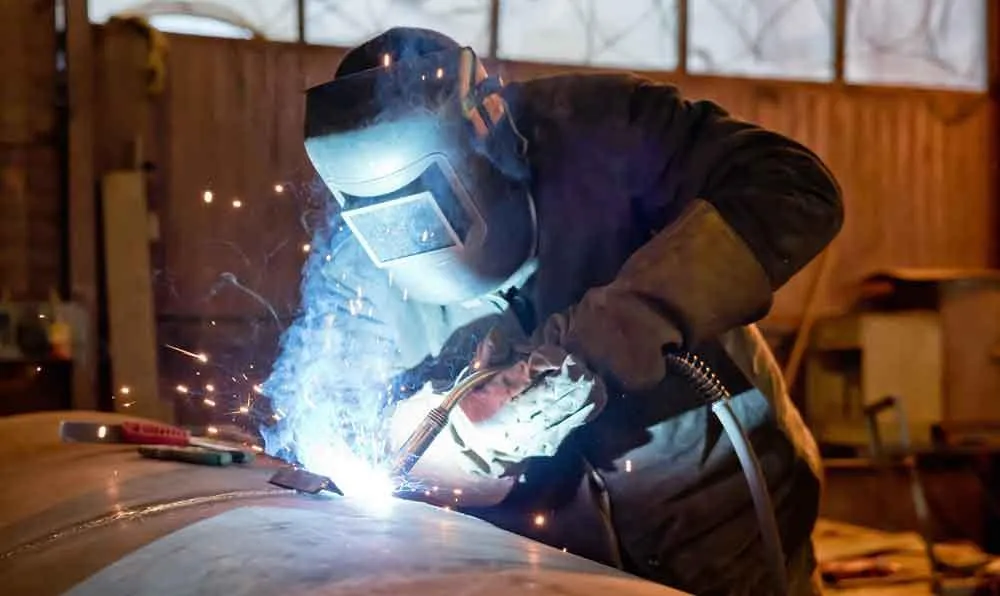-
Cangzhou Yulong Steel Co., Ltd.
-
Phone:
+86 13303177267 -
Email:
admin@ylsteelfittings.com
- English
- Arabic
- Italian
- Spanish
- Portuguese
- German
- kazakh
- Persian
- Greek
- French
- Russian
- Polish
- Thai
- Indonesian
- Vietnamese
- Zulu
- Korean
- Uzbek
- Hindi
- Serbian
- Malay
- Ukrainian
- Gujarati
- Haitian Creole
- hausa
- hawaiian
- Hebrew
- Miao
- Hungarian
- Icelandic
- igbo
- irish
- Japanese
- Javanese
- Kannada
- Khmer
- Rwandese
- Afrikaans
- Albanian
- Amharic
- Armenian
- Azerbaijani
- Basque
- Belarusian
- Bengali
- Bosnian
- Bulgarian
- Catalan
- Cebuano
- China
- China (Taiwan)
- Corsican
- Croatian
- Czech
- Danish
- Esperanto
- Estonian
- Finnish
- Frisian
- Galician
- Georgian
- Kurdish
- Kyrgyz
- Lao
- Latin
- Latvian
- Lithuanian
- Luxembourgish
- Macedonian
- Malgashi
- Malayalam
- Maltese
- Maori
- Marathi
- Mongolian
- Myanmar
- Nepali
- Norwegian
- Norwegian
- Occitan
- Pashto
- Dutch
- Punjabi
- Romanian
- Samoan
- Scottish Gaelic
- Sesotho
- Shona
- Sindhi
- Sinhala
- Slovak
- Slovenian
- Somali
- Sundanese
- Swahili
- Swedish
- Tagalog
- Tajik
- Tamil
- Tatar
- Telugu
- Turkish
- Turkmen
- Urdu
- Uighur
- Welsh
- Bantu
- Yiddish
- Yoruba

Nov . 12, 2024 06:11 Back to list
reducing blind flange
Reducing Blind Flange An Overview of Its Importance and Applications
In industrial piping systems, flanges play a crucial role in connecting different sections of pipes while ensuring leaks are minimized. Among various types of flanges, the reducing blind flange is a specialized component that caters to specific needs in fluid transport systems. This article will delve into the significance, design, and applications of reducing blind flanges.
Understanding Reducing Blind Flanges
A reducing blind flange is a unique type of flange designed to close the end of a pipeline while simultaneously providing a connection for larger or smaller pipe sizes. Essentially, it combines the properties of a blind flange—designed to seal the end of a pipe—with the capability of reducing the diameter of the connection from one end to the other. This feature is particularly useful in situations where the fluid flow transitions from a larger pipe size to a smaller one, ensuring a seamless integration without the need for additional fittings.
Design Specifications
Reducing blind flanges have specific design characteristics tailored for their functions. Typically, they are made from robust materials like stainless steel, carbon steel, or other alloys, depending on the application's requirements. Their design must adhere to industry standards, such as ASME (American Society of Mechanical Engineers) or ANSI (American National Standards Institute), which dictate the appropriate dimensions, pressure ratings, and material specifications.
The flange’s face can either be flat or raised, with variations allowing for better sealing against gaskets. It's essential for the bore size of the flange to match the reduced pipe size accurately, which not only promotes a smooth transition of fluids but also prevents turbulence or pressure loss within the system.
Importance in Piping Systems
reducing blind flange

One of the primary advantages of using reducing blind flanges is their ability to streamline operations. By providing a direct connection while simultaneously sealing off the pipe, these flanges eliminate the need for multiple components, such as reducers and caps. This simplification can lead to significant time and cost savings during installation and future maintenance.
Moreover, reducing blind flanges contribute to the overall integrity and safety of a piping system. They can withstand high pressures and resist corrosive environments, making them ideal for industries such as oil and gas, chemical manufacturing, and wastewater treatment. By opting for a reducing blind flange, engineers can enhance the reliability of their piping systems, minimizing the risk of leaks or failures over time.
Applications
Reducing blind flanges find applications across various industries. In the oil and gas sector, they are commonly used to close off wells or sections of pipelines while enabling monitoring systems or connections for different pipe sizes. In chemical processing plants, these flanges facilitate the safe handling of corrosive materials while maintaining fluid flow efficiency.
In water and wastewater management, reducing blind flanges are employed to manage flows and transition between different pipe sizes without introducing additional turbulence. Their versatile design also makes them suitable for applications in power generation and HVAC (Heating, Ventilation, and Air Conditioning) systems, where maintaining pressure and regulating flow are crucial.
Conclusion
Reducing blind flanges are essential components within industrial piping systems, offering a blend of functionality and efficiency. Their unique design enables seamless transitions between different pipe sizes while ensuring complete sealing, thus enhancing the integrity of fluid transport systems. As industries continue to evolve and demands for efficient piping solutions increase, the importance of reducing blind flanges is only expected to grow. By understanding their applications and benefits, engineers and designers can make informed decisions to optimize their systems for better performance and reliability.
Latest news
-
ANSI 150P SS304 SO FLANGE
NewsFeb.14,2025
-
ASTM A333GR6 STEEL PIPE
NewsJan.20,2025
-
ANSI B16.5 WELDING NECK FLANGE
NewsJan.15,2026
-
ANSI B16.5 SLIP-ON FLANGE
NewsApr.19,2024
-
SABS 1123 FLANGE
NewsJan.15,2025
-
DIN86044 PLATE FLANGE
NewsApr.19,2024
-
DIN2527 BLIND FLANGE
NewsApr.12,2024
-
JIS B2311 Butt-Welding Fittings LR/SR 45°/90° /180°Seamless/Weld
NewsApr.23,2024











